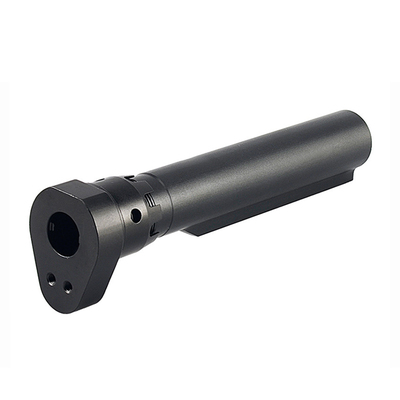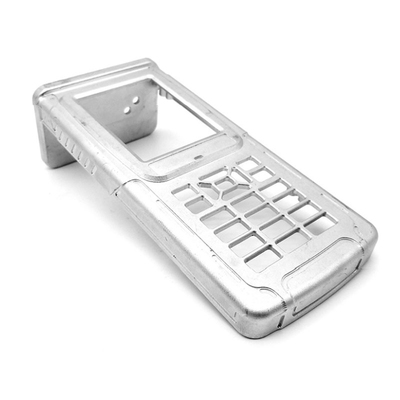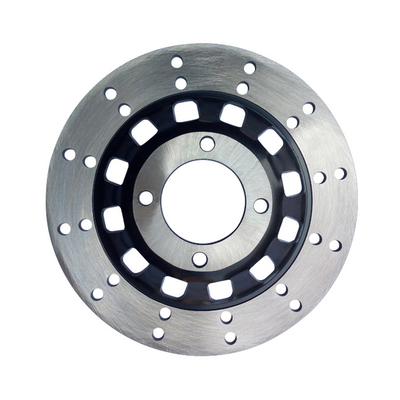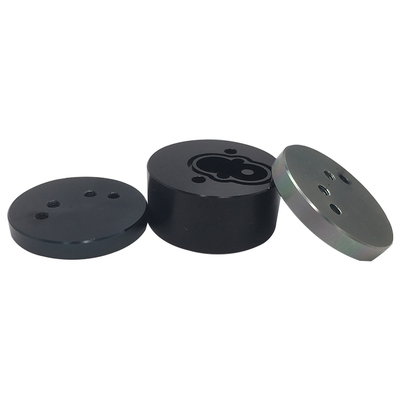Solve four common problems in PET stretch blow molding
The knowledge of blow molding technology provides tips on how to solve the uneven wall thickness in stretch blow molding. Although this is a vital issue, it is not the only issue that processors must deal with every day. Here are four other frequently asked questions, applicable to single-stage and two-stage processes.
1. Pearlescent and Haze
These are actually problems of the opposite nature, but it is difficult to distinguish, because both will cause the bottle to turn white.
Pearlescent is also called pressure bleaching, which points out the cause more clearly. When PET is stretched excessively, its microstructure may be broken, and the resulting wall shows many small white circles, so it is related to "pearls". Excessive stretching is a function of wall thickness and temperature, that is, thin walls with a temperature above the glass transition point may behave well, while thicker but colder walls may show pearlescence.
Pearlescence always occurs inside the bottle, because the inside of the preform must stretch more. Knowing this can make it easier to solve the problem. If the affected area is very thin, it should be cooled and the area below it should be heated to bring more material into the whitish part of the bottle. If the thickness is appropriate, the temperature of this part (or the entire area) should be increased to make it easier to stretch.
In two-stage (reheat) blow molding, this is achieved by changing the lamp or ventilation settings. In single-stage molding, the total heat is controlled by the holding and cooling time, and the change in the injection speed can be used to change the temperature in the preform.
When PET is heated to more than about 115°C (240°F) during any injection or blow molding stage, and allowed to cool down, even for a short period of time to develop. At this temperature, PET molecules have enough degrees of freedom to form crystals, which is exactly what they will do because it allows for lower energy states. In the two phases, it is easy to find the responsible light, which must be turned off or increased ventilation to keep the preform temperature below 115°C / 240°F. The mist always occurs on the outside of the preform, and ventilation will be more cooling than the inside. In a single stage process, the cooling and/or holding time is an increased time to combat the haze.
2. Insufficient top load strength
With the continuous reduction of bottle weight in order to save the use and cost of resin, the highest loading strength has become a more important issue. The maximum load is usually measured on the empty bottle at an adjustable speed in a suitable device. The measured value is then compared with the static load (how many bottles are on the top of the bottom pallet layer) and multiplied by a safety factor (or ignorance) to calculate the dynamic load when the truck passes the bumps and the acceleration of the entire load up and down. Multiplying the static load by 2, 3, or 4 is not a very scientific method. Some companies have measured the actual load of a mobile truck and sometimes get surprising results.
The maximum load performance is almost entirely dependent on the wall thickness and bottle design. The bottle collapses on the weakest part of the bottle (whether it is the shoulder, bottom or body). Processors must know where the bottle is malfunctioning so that they can move more material into the area.
An annoying problem is that no one cares about the maximum load value of the empty bottle, because the empty bottle does not fail due to the maximum load. Regardless of whether the bottle is full or empty, some bottles will exhibit the same behavior, but the performance of other bottles will increase four times when they are full. Brand owners can of course draw their own conclusions, but if this is the case, the processor should discuss the necessary maximum load with the customer.
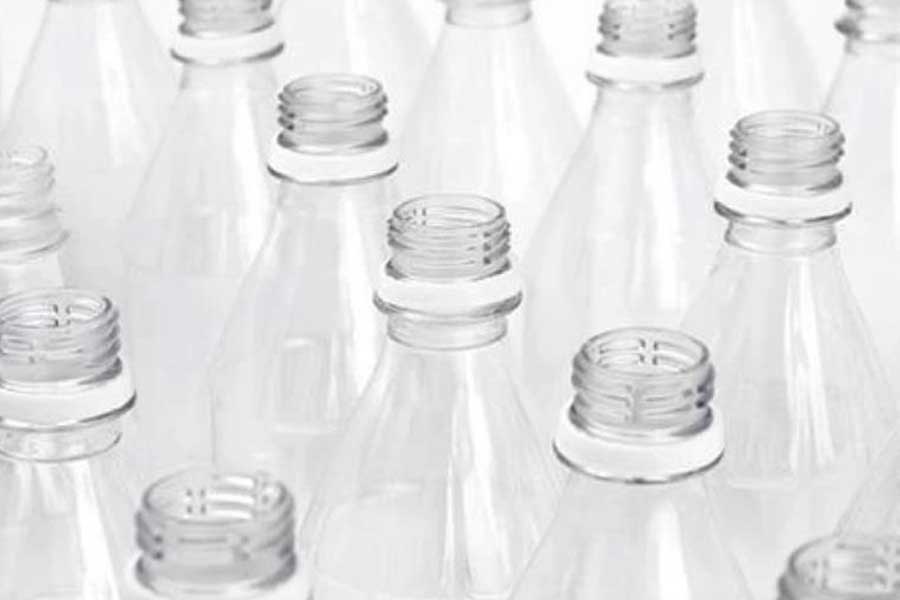
3. Insufficient foundation clearance or rocker bottom
All bottles have so-called push-ups: the center of the bottom bends inward to varying degrees. This is to ensure that the bottle is on the outer edge of the base, or for bottles with carbonated drinks, should be placed on the feet, usually five. The center push-up will always shrink outward to a certain degree.
When the temperature is too high after molding, it will move too much outward, so that it protrudes beyond the outer edge, and the bottle will "sway" rather than stand upright. Even when the mold is opened, the residual air pressure inside the bottle will push out the center of the bottom of the bottle, even though this rarely happens. On some machines, cooling nozzles blow air to the bottom of the bottle after forming to prevent shrinkage. Otherwise, the processor must reduce the heat at the bottom of the preform or increase the cooling time.
The bottom gap (the distance from the center of the bottle bottom to the foot) is very important for carbonated beverages. This is because the carbonation in the product can exert pressure up to 70 psi in the bottle. Then, the pressure will push the center plate of the bottle bottom, so the center plate of the bottle bottom must exceed the depth of its feet to move. The reference gap should be measured in a short interval, usually 2 hours. Due to the necessary cooling time, it is usually a parameter that prevents the machine from running faster.
4. Drop impact failure
A bottle that drops from 4 feet to 5 feet in water at about 4°C (40°F) must be simulated to simulate the condition of a domestic refrigerator. In contrast to polyolefins, PET will not crack at the thinnest corners (unless pearlescence or fogging occurs); it may dent but will not crack because it is highly oriented in these weak spots. Therefore, lack of orientation is the most common cause of failure, usually found in custom bottles with less stretch, and is more common in single-stage molding than in two-stage molding.
In two-stage forming, a lower preform temperature will force more orientations into the material and improve performance. In a single-stage process, the cooling or holding time must be increased, which increases the cycle time. The holding time has a greater impact, because the preform shrinks from the core during the cooling phase, so it is the first choice. When the preform is overheated to haze, the crystal area is more brittle and may fail. Take the same remedial measures.
Link to this article: Solve four common problems in PET stretch blow molding
Reprint Statement: If there are no special instructions, all articles on this site are original. Please indicate the source for reprinting:https://www.cncmachiningptj.com/,thanks!
 3, 4 and 5-axis precision CNC machining services for aluminum machining, beryllium, carbon steel, magnesium, titanium machining, Inconel, platinum, superalloy, acetal, polycarbonate, fiberglass, graphite and wood. Capable of machining parts up to 98 in. turning dia. and +/-0.001 in. straightness tolerance. Processes include milling, turning, drilling, boring, threading, tapping, forming, knurling, counterboring, countersinking, reaming and laser cutting. Secondary services such as assembly, centerless grinding, heat treating, plating and welding. Prototype and low to high volume production offered with maximum 50,000 units. Suitable for fluid power, pneumatics, hydraulics and valve applications. Serves the aerospace, aircraft, military, medical and defense industries.PTJ will strategize with you to provide the most cost-effective services to help you reach your target,Welcome to Contact us ( [email protected] ) directly for your new project.
3, 4 and 5-axis precision CNC machining services for aluminum machining, beryllium, carbon steel, magnesium, titanium machining, Inconel, platinum, superalloy, acetal, polycarbonate, fiberglass, graphite and wood. Capable of machining parts up to 98 in. turning dia. and +/-0.001 in. straightness tolerance. Processes include milling, turning, drilling, boring, threading, tapping, forming, knurling, counterboring, countersinking, reaming and laser cutting. Secondary services such as assembly, centerless grinding, heat treating, plating and welding. Prototype and low to high volume production offered with maximum 50,000 units. Suitable for fluid power, pneumatics, hydraulics and valve applications. Serves the aerospace, aircraft, military, medical and defense industries.PTJ will strategize with you to provide the most cost-effective services to help you reach your target,Welcome to Contact us ( [email protected] ) directly for your new project.

- 5 Axis Machining
- Cnc Milling
- Cnc Turning
- Machining Industries
- Machining Process
- Surface Treatment
- Metal Machining
- Plastic Machining
- Powder Metallurgy Mold
- Die Casting
- Parts Gallery
- Auto Metal Parts
- Machinery Parts
- LED Heatsink
- Building Parts
- Mobile Parts
- Medical Parts
- Electronic Parts
- Tailored Machining
- Bicycle Parts
- Aluminum Machining
- Titanium Machining
- Stainless Steel Machining
- Copper Machining
- Brass Machining
- Super Alloy Machining
- Peek Machining
- UHMW Machining
- Unilate Machining
- PA6 Machining
- PPS Machining
- Teflon Machining
- Inconel Machining
- Tool Steel Machining
- More Material

